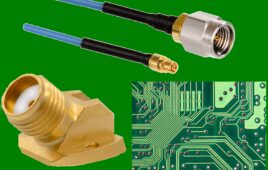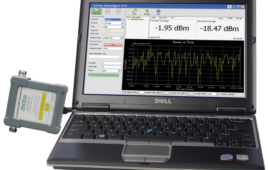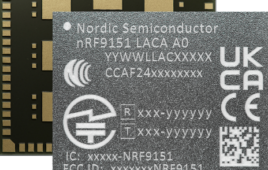When breaking ground on a project, it’s rare for construction teams to consult with all of the vendors, suppliers, and integrators who will have some impact on the final build. This is particularly true of in-building wireless connectivity providers/integrators.
The fan experience is more directly tied to having the best cell connectivity than it’s ever been. Social media, selfies, and apps like SnapChat demand incredible transfer speeds to move large quantities of data, and have fundamentally changed the expectation and desire for better connection during games.
The installation of distributed antenna systems (DAS), which consist of base-stations, remotes, and coaxial cable networks, isn’t something fans are ever supposed to notice when attending an event. Yet its presence in the stadium is necessary all the same. The lack of communication between the teams involved leads to challenging and costly issues with cable management practices during stadium construction.
Ideal Layout vs. Actual Layout for Cabling
There are both regulatory and stadium-specific requirements for antennas in stadiums, meaning cabling must stretch to meet these requirements. For instance, regulations demand that a certain distance be placed between the antenna’s output and fans in a stadium. From the stadium perspective, the hope is to have all cables take the shortest route from the DAS to remotes, but they also must stay hidden away from customer eyes. Balancing these two requirements is a challenge when the stadium isn’t built with these expectations in mind.
Cable should be attached to the underside of the concrete of stadium seats or walls, but in practice, that is rarely possible to achieve ubiquitously. Additionally, most stadiums are created on a vertical slope; from a wireless perspective, it’s easiest to provide blanket coverage from behind the fans in this setting. However, this also means that the antennas, which have to be a certain distance from fans, are necessarily higher than the last row of seating. This often translates to either placing them in stadium lights to keep antennas invisible (and is subject to more interference), or building poles to hold them, which is an eyesore.
High antennas also equate to more cabling and complexity when running the cabling back to the DAS. When this challenge presents itself, integrators must be aware of pre-existing structures inside the complex that cable can attach itself to above ground. For example, it is popular for integrators to lay outdoor cabling next to pipes that are impossible to conceal during construction. The difficulty of laying cable also depends on the type of stadium. Any stadium built before the year 2000 is likely much more averse to ideal cabling than a newer stadium. After all, engineers weren’t thinking about cell connection when they built parks like Wrigley Field or Fenway Park (they opened in 1914 and 1912 respectively).
Handling Defective Cabling and Shifting RF Environments
During stadium construction, poor communication between parties all but ensures that cables will be broken or damaged. If an integrator is lucky, perhaps it will only happen once. Construction equipment can tear through hundreds of feet of coaxial cable on the outside of the stadium, and if new seats are installed, there is often a need to replace the cable to match the new placement.
Another known issue with cabling during construction is RF environment disruption. Many (if not most) stadiums will undergo unexpected changes through the building phases. These can be minimal, such as shifting the location of a food stand, or major. Hard Rock Stadium in Florida underwent perhaps one of the largest changes. The original plan for the stadium lacked a roof. Adding the canopy forced integrators to remap the antenna layout—and cable paths—as a result. As mentioned earlier, the ideal location for antennas is toward the top to avoid visibility and obstruction to the fans. Adding an enclosed roof completely disrupted the environment.
Another way to prevent the need for re-cabling in large quantities is utilizing a DAS platform that can isolate where the damage occurs and set off alarms. Integrators are then able to look at the data path to mathematically deduce the general location of the broken cable or problem area.
Connectivity is quickly becoming the fourth utility in our society, and it must be treated as such. Stadium construction teams always consider gas/water/power when mapping out stadium plans and now that level of necessity should be placed on installing wireless systems. The best long term cable management and RF environment depends upon stadiums, integrators, and wireless connectivity providers working together in tandem to create a modern fan experience.




